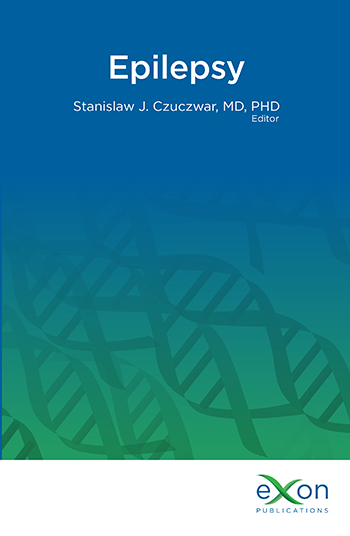Modern Treatment of Status Epilepticus in Adults
Main Article Content
ABSTRACT
Status epilepticus is a serious epileptic condition associated with significant morbidity and mortality. It can be divided into four stages: developing (seizures leading up to status epilepticus), established (>5 minutes convulsive status epilepticus, nonconvulsive/focal status epilepticus >10 min), refractory (failure of two adequately dosed antiseizure medications in different drug classes), and super-refractory (persisting despite >24 hours of anesthesia). All seizure types can develop to status epilepticus. Generalized convulsive status epilepticus has the largest potential for brain damage. The drug treatment algorithms for status epilepticus generally go through three stages, starting with benzodiazepines: lorazepam, midazolam, or diazepam as first line drugs, moving to levetiracetam, valproate or fos-phenytoin as second-line drugs, ending, if necessary, with anesthetics like propofol or midazolam. Lacosamide, topiramate, phenobarbital, brivaracetam, and perampanel are potential alternatives, and pentobarbital is commonly used when long-term anesthesia is needed. Super refractory status epilepticus is the form that usually causes the most concern. Treatment guidelines for newer treatment alternatives are often based only on case reports and small patient series. Such alternatives include ketamine, immunotherapy, ketogenic diet, inhalation anesthetics and hypothermia, and several surgical neurostimulation procedures. This chapter provides an overview of current treatment alternatives, with particular focus on refractory status epilepticus and super-refractory status epilepticus.
Downloads
Metrics
Article Details

This work is licensed under a Creative Commons Attribution-NonCommercial 4.0 International License.

